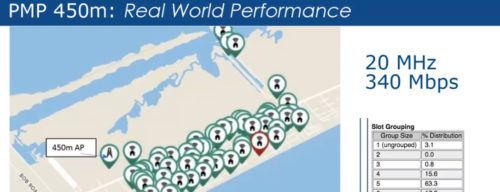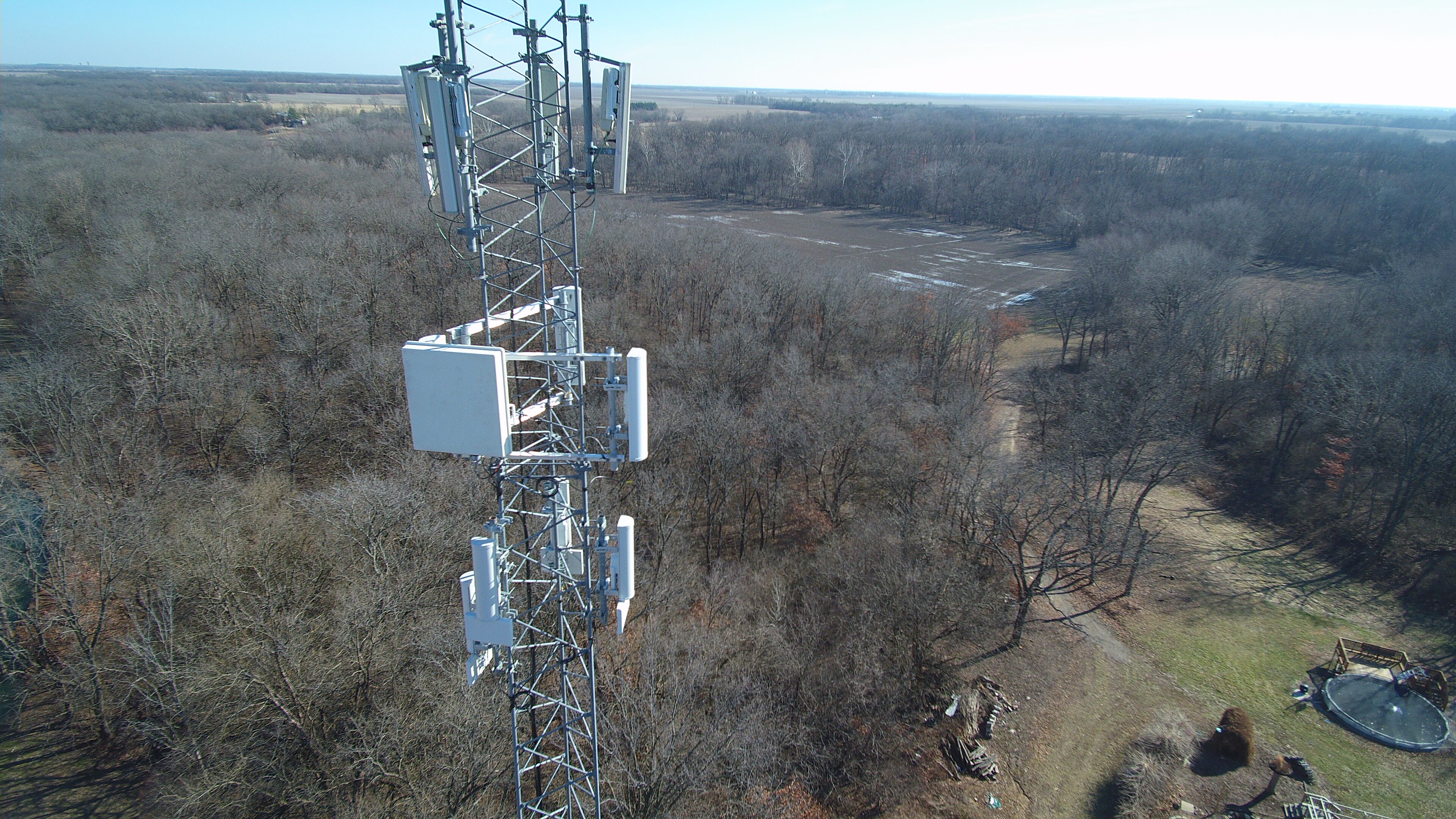Just over 2 years ago, Cambium Networks unveiled cnMedusa™ technology on our Point-to-Multipoint (PMP) 450m fixed wireless base station. This was a truly leading-edge innovation in the industry, bringing enhancements to capacity, spectral efficiency and scalability, all while utilizing existing subscriber equipment, with not only nearly infinite beamforming patterns in both the uplink and downlink, but Massive Multi-User MIMO capabilities.
Fast forward 28 months, and cnMedusa is still at the forefront of the fixed wireless space. No other equipment even comes close. 450m has the ability to talk to multiple subscribers simultaneously, thereby multiplying the capacity of the sector, while still maintaining the scalability of connecting over 200 subscribers per sector. Because of the software-defined nature of the 450 platform (built on an FPGA), innovation and advancement of the platform happens nearly continuously, bringing new features, enhancements and performance with every software release. Check out this 2-minute video on 450m real-world field performance.

cnMedusa is now in use in hundreds of networks globally, with tens of thousands of sectors deployed. Operators that have incorporated cnMedusa into their networks typically enjoy three or even four times the capacity of the 2×2 MIMO PMP 450i base station. In many cases, they replace two or even three of the original 450 sectors with a single 450m, seeing an increase in total capacity while freeing up valuable spectrum.
Operators typically do one of two things with the additional capacity they see when deploying 450m. An option is to add additional, revenue-generating customers if the demand exists. However, the most common thing is for the operator to offer additional throughput and speed packages to existing customer (in the process hopefully extracting additional monthly revenue from those customers as well). We have seen customers deploying cnMedusa do this time and again, moving from 10 Mbps to 25 Mbps packages, or 25 to 50 Mbps. We even have several customers that are now able to offer 100 Mbps packages to their users with cnMedusa. Sacred Wind Communications, an operator in Arizona, is offering this option to all customers in the service area using several 450m sectors pointed in the same direction. The ability to offer 100 Mbps service to their customers is something that most operators say would enable them to better compete against alternative solutions such as cable or even fiber providers.
Since initial release, we have been gathering evidence from willing customers to help optimize performance and streamline the ease of use. This feedback and data enabled the engineering team to finely tune the sounding algorithm (which helps maximize throughput and grouping ability), and to add much more meaningful statistics surrounding the operation of the system, to better tell current performance and the potential to add more clients and allow higher capacity. Allowing the operation of 30 and even 40 MHz channel bandwidth has allowed the capacity of a single sector to exceed 1 Gbps under optimal conditions. Most recently, we’ve unveiled two huge advances in the platform: the addition of the 3 GHz PMP 450m and the ability to do Multi-User MIMO operation in the uplink direction as well.
Uplink MU-MIMO is something that no standards-based protocol supports today and is a unique feature for the fixed wireless industry. This further increases the expected capacity per sector by allowing simultaneous reception of uplink data from multiple subscriber modules within a sector. We have lab results showing more than 1.4 Gbps of total aggregated throughput and have seen evidence of uplift in customer results as well, where uplink limitations may have restricted the total capacity in the past.
The 3 GHz hardware opens up capacity for those that are using these frequencies. While this is new to the portfolio, the software and implementation of cnMedusa technology is the same as that of the 5 GHz 450m. Due to the physics of the antenna system, we have implemented an 8×8 system, resulting in the ability to communicate with four subscribers simultaneously in MU-MIMO mode. Based on initial feedback from several customers, the results are nearly as good as that of the 5 GHz product, and many existing 450 plaftorm customers were anxiously awaiting the arrival of this capacity-boosting product. Their patience has paid off, and they are now able to realize additional capacity in the limited 3 GHz spectrum simply by changing the sector access point to the cnMedusa hardware. In the United States, the impending adoption of CBRS rules (a spectrum sharing system) has caused some consternation among existing 450 network operators, but Cambium Networks will support CBRS frequencies and SAS (Spectrum Access System) integration upon launch of this system, along with a graceful (and innovative) approach to migration from the old rules to the new (there will be another blog post and communications about this in the near future).
Cambium Networks won’t stop there. Because this platform is software defined and built on a foundation of a high-powered FPGA chipset, we have room to grow in performance. It’s truly a software-defined platform, and Cambium controls every aspect, from the physical layer to the application. We have yet to see the limits of what can be done with cnMedusa and are excited to keep improving and releasing new and innovative features, enhancing performance, and streamlining operation of the flagship Point-to-Multipoint platform from Cambium Networks.
